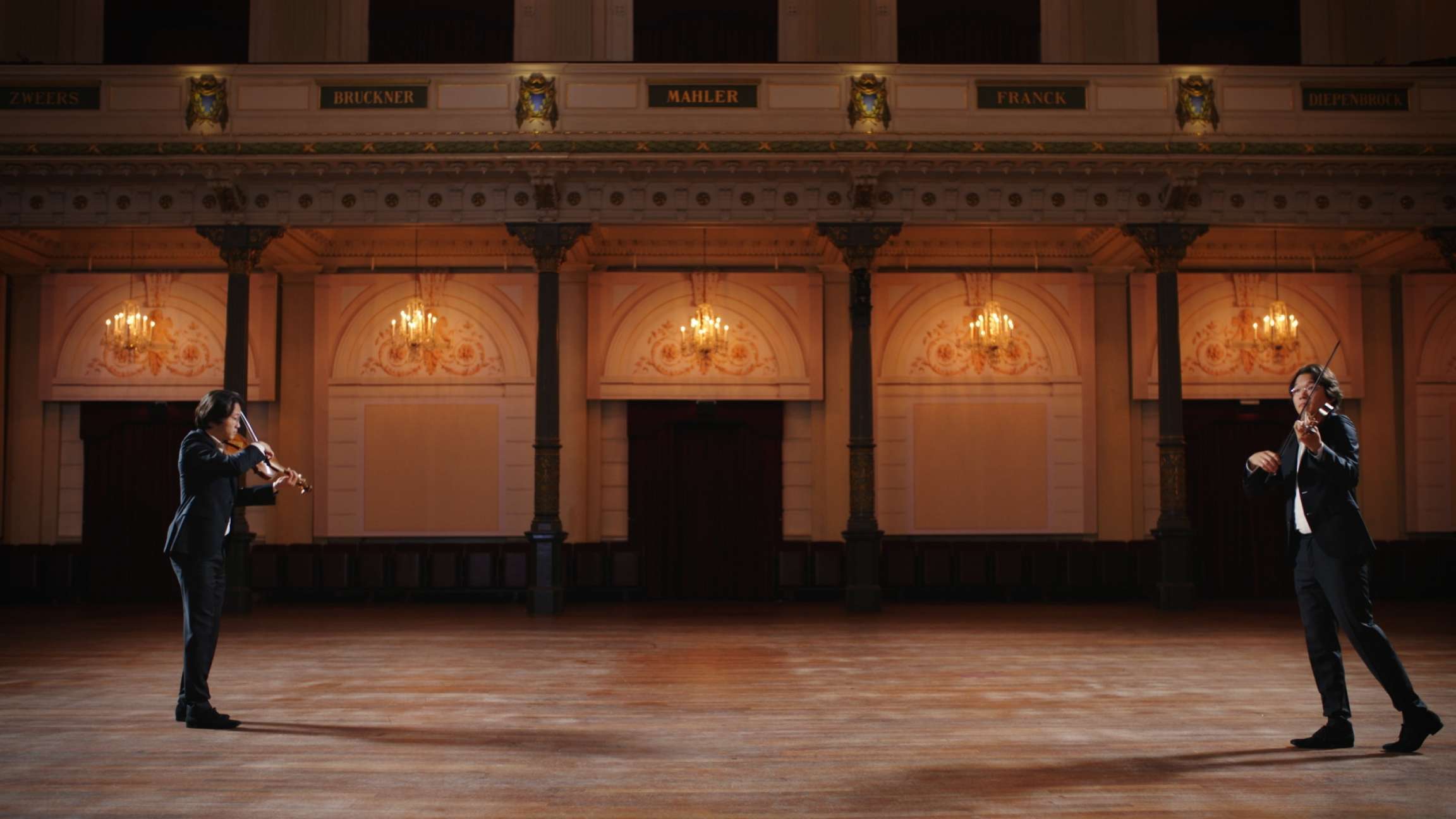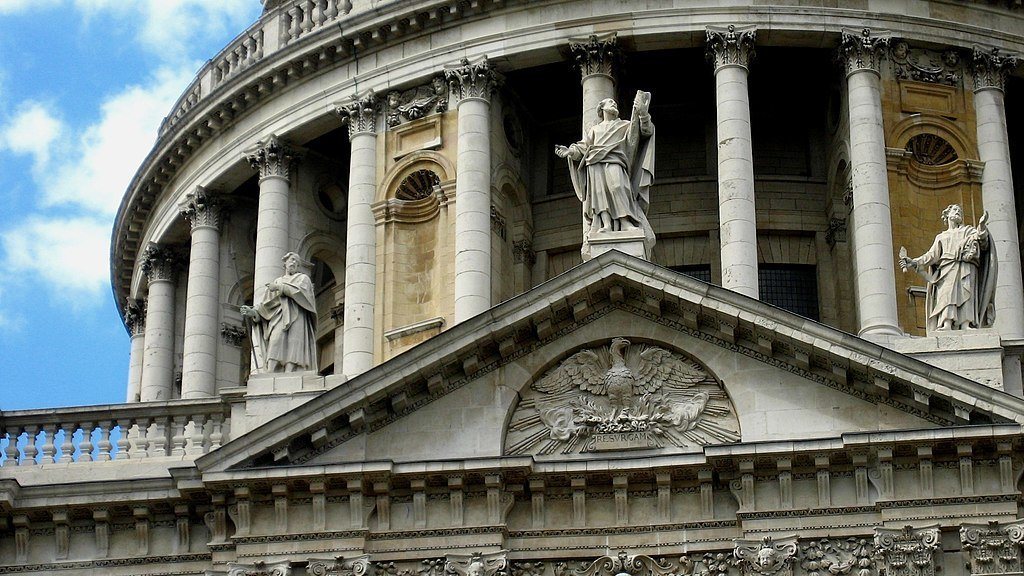Leonidas Kavakos Plays Bach: Sonata No. 3 in C Major, Adagio and Fuga
The Greek violinist Leonidas Kavakos describes J.S. Bach’s Sonatas and Partitas for Solo Violin (BWV 1001–1006) as “the most perfect music ever written.” The violin is an instrument which is usually associated with a single, singing melodic line. Yet Bach’s six suites open the door to a magical polyphonic world in which a single violin can create multiple voices. This counterpoint is especially vivid in the three fugues (included in the Sonatas) and the D …







